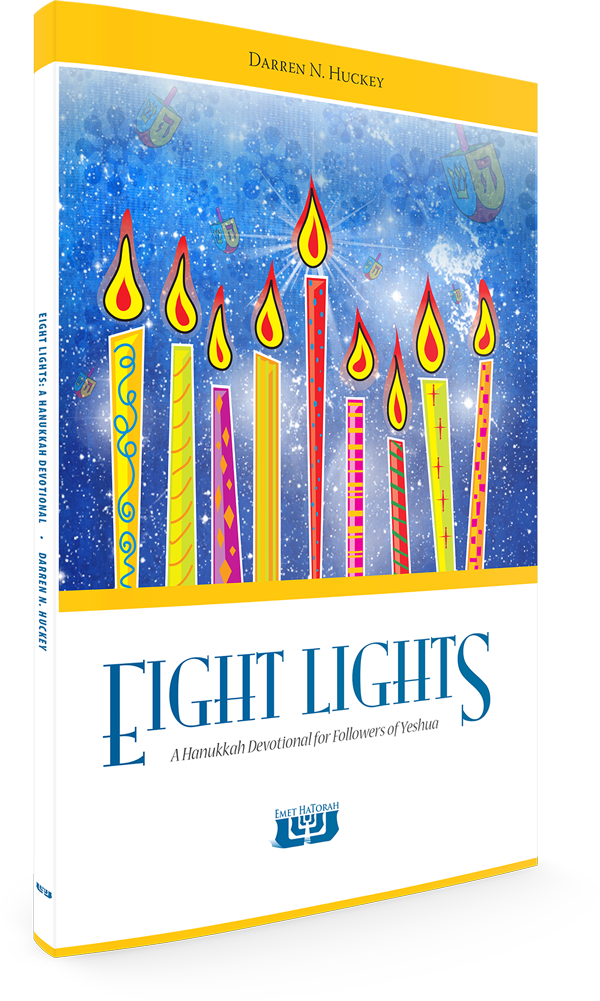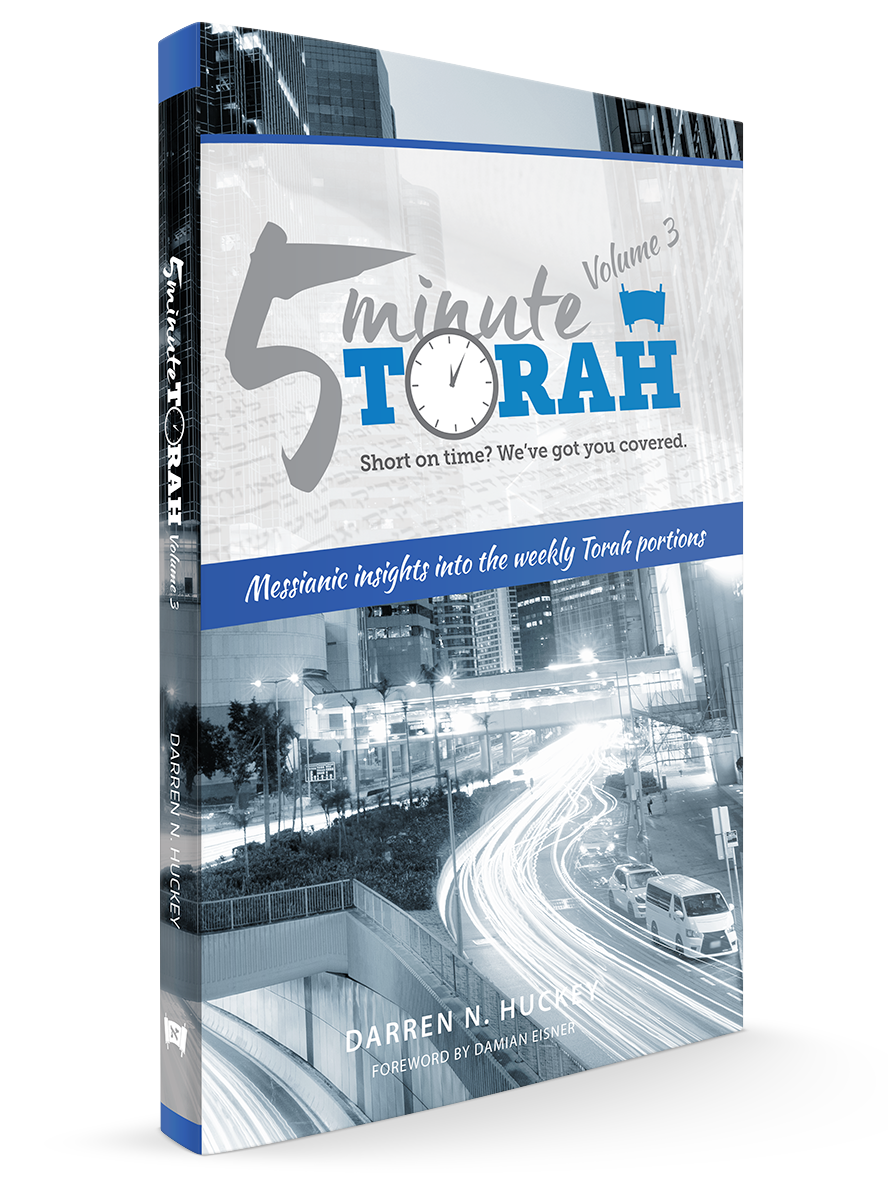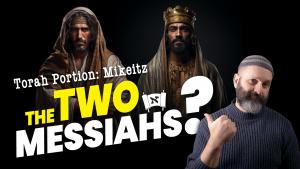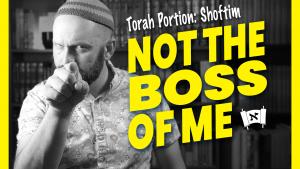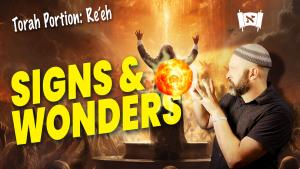An Eternal Priesthood
Series:
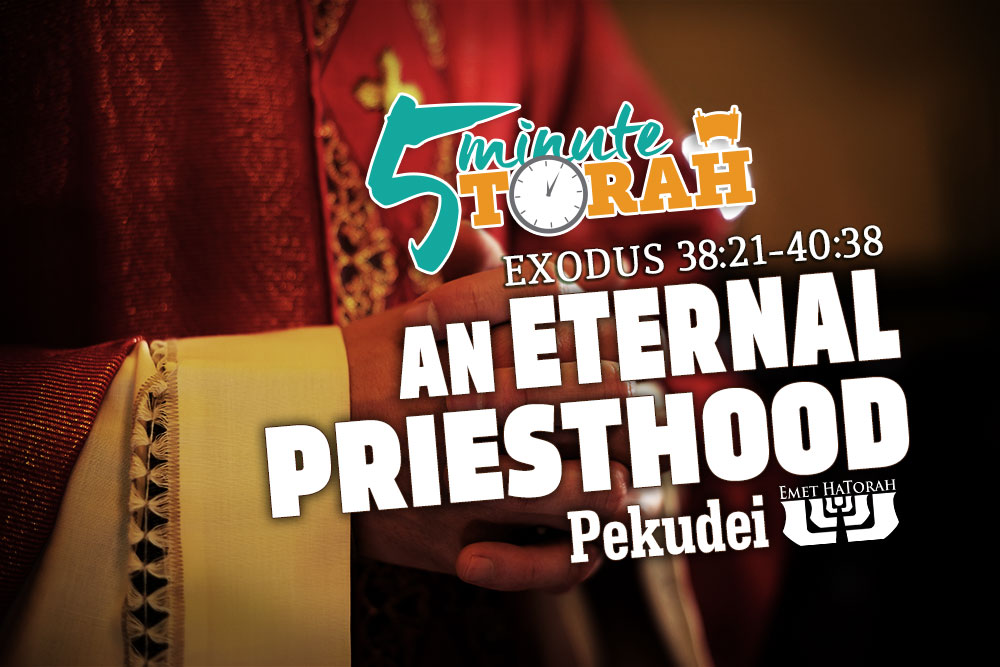
Parashat Pekudei (Exodus 35:1 - 40:38)
What comes to mind when you hear someone speak of an “eternal priesthood”? If you are a disciple of Yeshua, then Yeshua’s ministry automatically comes to mind. As the book of Hebrews says, he is a high priest forever, continually ministering before his Heavenly Father on our behalf:
We have this as a sure and steadfast anchor of the soul, a hope that enters into the inner place behind the curtain, where Jesus has gone as a forerunner on our behalf, having become a high priest forever after the order of Melchizedek. (Hebrews 6:19–20)
When most people read the book of Hebrews, they see the everlasting priesthood of Yeshua replacing a temporary priesthood given for a season to the sons of Aaron. However, this is not the case. Yeshua’s priesthood is only one of the two eternal priesthoods that God established. One may be surprised to learn that the first eternal priesthood that we learn about in Scripture is the one belonging to Aaron and his sons, as we read in this week’s Torah portion:
Then you shall bring Aaron and his sons to the entrance of the tent of meeting and shall wash them with water and put on Aaron the holy garments. And you shall anoint him and consecrate him, that he may serve me as priest. You shall bring his sons also and put coats on them, and anoint them, as you anointed their father, that they may serve me as priests. And their anointing shall admit them to a perpetual priesthood throughout their generations. (Exodus 40:12–15)
If this passage isn’t clear enough, in Exodus 29:9 we read, “And the priesthood shall be theirs by a statute forever.” Not only does Exodus spell it out, but the prophet Jeremiah also attests to the Aaronic priesthood’s enduring position even more clearly:
Thus says the LORD: If you can break my covenant with the day and my covenant with the night, so that day and night will not come at their appointed time, then also my covenant with David my servant may be broken, so that he shall not have a son to reign on his throne, and my covenant with the Levitical priests my ministers. (Jeremiah 33:20–21)
According to this, as long as day and night exist, Aaron's descendants are appointed as ministers before the LORD. Knowing that the priesthood of Aaron is eternal may be a little uncomfortable to some people. What’s going on? How can there be two eternal priesthoods, and why don’t we see the sons of Aaron ministering in an earthly Tabernacle or Temple today? Let’s take just a moment to clarify how these two priesthoods operate.
First, we need to understand the location for each of these priesthoods. Where does the Aaronic priesthood function? On earth. Where does Yeshua’s priesthood function? In heaven. They are parallel systems that run concurrent to one another. The author of Hebrews attests to this when he says:
They serve a copy and shadow of the heavenly things. For when Moses was about to erect the tent, he was instructed by God, saying, “See that you make everything according to the pattern that was shown you on the mountain.” (Hebrews 8:5, quoting Exodus 25:40)
We learn from this passage that the Tabernacle and the priestly functions tied to it were reflections of something that was already going on in the heavenly realm. In fact, Yeshua’s heavenly ministry did not begin after his resurrection but actually before the foundations of the world. It is the heavenly ministry that Moses saw when he ascended Mount Sinai and the one that the ministry of the earthly Tabernacle was patterned after. It is a ministry “after the order of Melchizedek,” who, according to the author of Hebrews, had “neither beginning of days nor end of life, but resembling the Son of God he continues a priest forever” (Hebrews 7:3). Therefore, Yeshua’s priesthood did not come after the Aaronic priesthood but was established long before it.
The sons of Aaron do not minister before the LORD in an earthly Tabernacle or Temple today simply because of the absence of the Holy Temple in Jerusalem. The ministry of the Holy Temple did not shut down immediately after Yeshua’s resurrection but continued on for an entire generation, during which time the Apostles routinely participated in its rituals (see Acts 2:46; 3:1; 21:17–26, etc.). They saw a picture of their Messiah in its rituals, which made its services even more meaningful to them.
The Aaronic priesthood was never a system to be in competition with the ministry of Yeshua, but it was to be a reflection on earth of Yeshua’s heavenly priesthood in heaven. It was a tangible and constant reminder of what was happening in the heavenly Tabernacle. Therefore, whenever we study the Aaronic priesthood and how they ministered in the earthly Tabernacle, we are getting a glimpse into the heavenly ministry of Yeshua. So, as we study this and the many upcoming Torah portions that revolve around the Tabernacle, let us learn with diligence how the priesthood of Aaron works so that we can better understand how the priesthood of Yeshua works on our behalf.
Chazak! Chazak! V’nitchazeik! Be strong! Be strong! And may we be strengthened!

